Chickens lay eggs. This we know. But many animals lay eggs beside the famous chicken. Here’s our huge guide to animals that lay eggs.
Animals that lay eggs include birds (ostriches and hummingbirds), insects (bees and butterflies), fish (sharks and sunfish), amphibians and reptiles, coral, and even mammals (platypus and echidna).
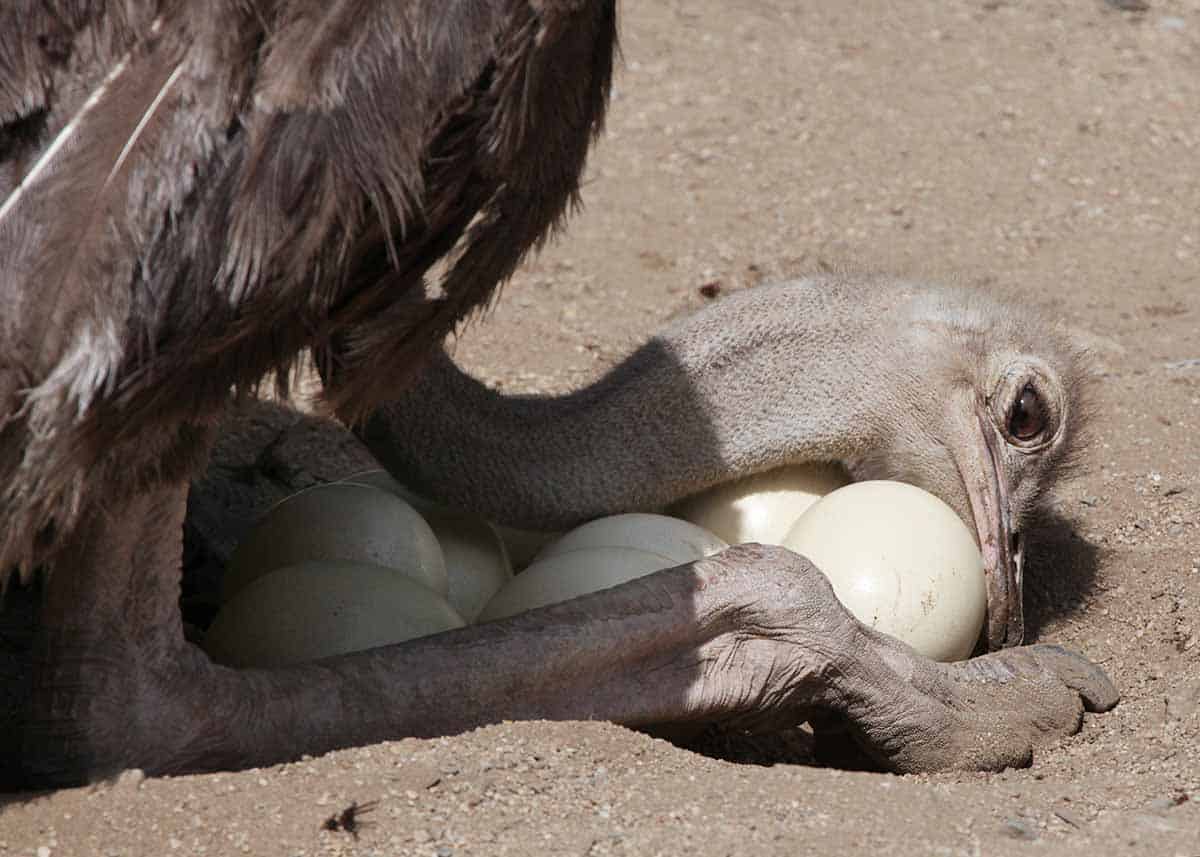
Table of Contents
Guide to Egg Laying Animals
The behavior exhibited by egg-laying animals once their eggs hatch is quite interesting. Some young ones are left alone, while others get round-the-clock care.
Read on as we explore which animals lay eggs and share more details about them.
Insects
Almost all insect species lay eggs, and many undergo a metamorphic change during their life cycle.
We’ll focus on several different insects to showcase their diversity.
Butterflies
Butterflies lay eggs after fertilization from sperm from male butterflies. The number of eggs laid by butterflies ranges from 100-300.
The eggs will vary in size based on the butterfly’s species. But it is usually 1 to 3 millimeters in diameter.
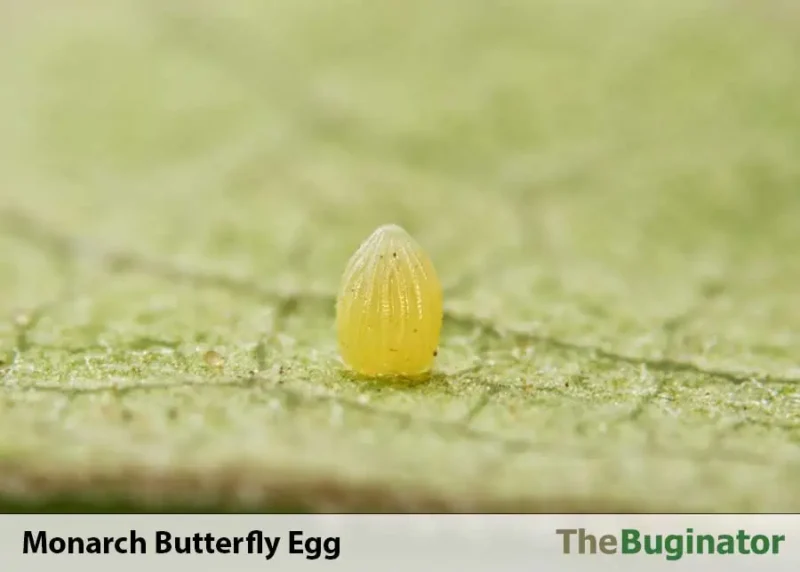
Grasshoppers
Grasshoppers lay their eggs underground, approximately 1 to 2 inches below the surface. Before the eggs get laid, male grasshoppers must fertilize the female’s eggs through mating.
The female grasshopper lays about 15-150 eggs in each pod, and she can make as many as 25 pods in the ground.
Bees
Bees can lay eggs without the process of fertilization taking place. The queen is responsible for laying eggs in bee colonies because she is the only mature female.
Queen bees can lay thousands of eggs and, over their lifetime, lay between 1-1.5 million eggs.
In a solitary bee setting, females are responsible for egg-laying. Once the female lays her eggs in a cell, she will supply food to the cell and later die, usually before the eggs develop into new bees.
Beetles
Beetles lay their eggs in decaying biodegradable matter such as rotten wood or leaves. All beetles lay eggs after fertilization.
Female beetles lay hundreds of eggs which will appear yellow or white. Some species of beetles can give birth to live larvae.
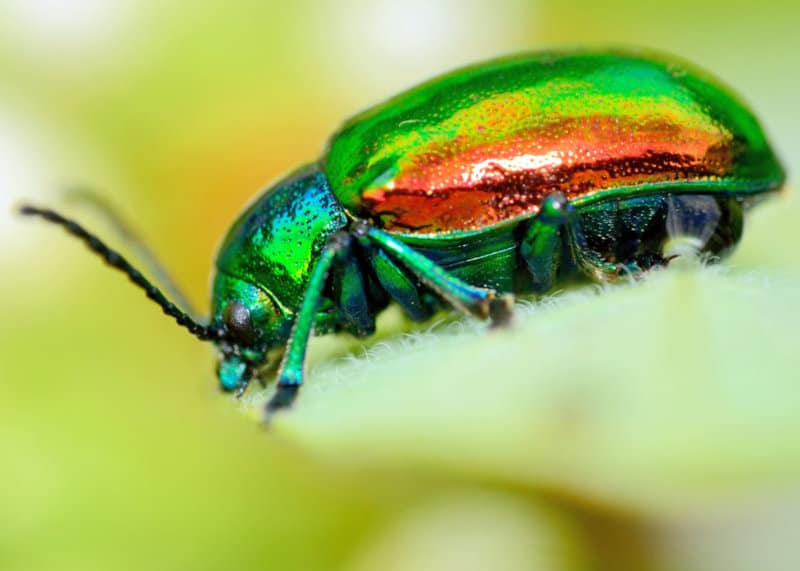
African Driver Ants
These ants can lay between 3-4 million eggs after 25 days. This makes the ants the insects with the largest number of eggs laid.
The queen lays the eggs and can have approximately 15,000 ovarioles. Other driver ants can lay between 1-2 million eggs every 30 days.
Mammals
Mammals that lay eggs also include the platypus and the echidna. These mammals are unique, but their offspring have similar feeding habits as other mammals that give birth.
Platypus
The female platypus is responsible for laying eggs and usually lays two eggs simultaneously. The platypus care for their young by feeding them with milk.
The size of a platypus egg is quite similar in size to a jellybean.
A female platypus keeps their eggs warm by incubation. The incubation period for a platypus egg is approximately ten days.
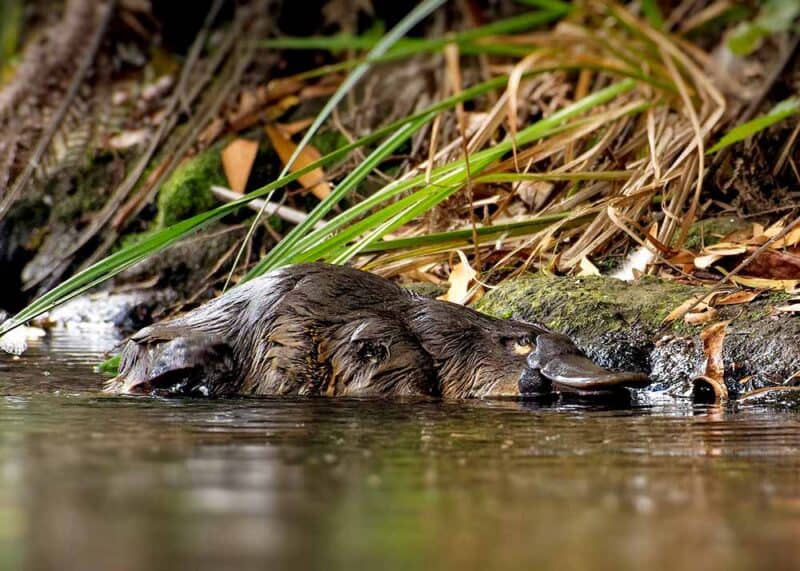
Short-Beaked Echidna
The egg-laying habits of the short-beaked echidna vary from that of a platypus in that it has a pouch. A short-beaked echidna is only capable of laying one egg at a time. But the incubation period is only ten days.
Western and Eastern long-beaked echidnas have similar egg-laying habits as the short-beaked echidna. Echidnas feed their young on milk while in the pouch. But the milk is not disseminated through a nipple but through glands.
Birds
Birds are exclusively oviparous, which means they all lay eggs. Here are some of the most interesting birds.
Ostriches
Ostriches lay the biggest eggs of any bird species. The size of an ostrich egg is equivalent to 20 chicken eggs, and can weigh up to 5 pounds.
A mature female ostrich can lay up to 50 eggs per nest.
Hornbills
Hornbills form monogamous pairs where the female seals itself inside when laying eggs or if they have young ones. Male hornbills carry out the duty of bringing food to the female.
The gestation period of hornbill eggs varies based on species, but it can last between 25-45 days.
Female hornbills are entirely dependent on their males when laying eggs. Predators cannot reach hornbill eggs because of the tiny hole left in the nest. The female hornbill can use its beak to fight off any predators.
These large, ugly birds are found on the Malay Peninsula, Sumatra, and Borneo.
Hummingbird
Hummingbirds lay the smallest eggs among all bird species. Female hummingbirds will first build their nest before the egg-laying process.
A hummingbird egg is so tiny that it may look like a small jelly bean and weighs less than 1 gram.
Bald Eagles
Bald eagles only lay eggs after they have found a mate. The females will stay in the nest; incubation can take approximately 40 days.
Each parent has to take part in incubating the eggs. Bald eagles do not lay all their eggs at once, and chicks will hatch at different times.
Cardinals
The incubation period of a cardinal’s eggs is usually between 11-13 days. Cardinals take a lot of care of their young and will feed them for about 25-70 days.
The eggs of Cardinals are relatively small and may weigh not more than 4.5 grams.
The number of eggs laid by Cardinals on average per season is three but not all hatch and survive to adulthood.
Fish
Animals that lay eggs include certain species of fish, such as the ones listed below.
Salmon
Salmon lay their eggs in specific breeding grounds. This means they must travel to a specific breeding ground where they lay up to 4,000 eggs in a spawning nest called a redd.
The size of the salmon will determine the number of eggs she lays. After laying the eggs, the males deposit their sperm to fertilize the eggs.
Sharks
Sharks are also animals that lay eggs. Sharks mate, which means all fertilization occurs internally.
But some lay eggs while others give birth to their live offspring. 40% of all shark species lay eggs, and most eggs are in a protective case.
Some of the species that lay eggs include bullhead, bamboo, and carpet sharks.
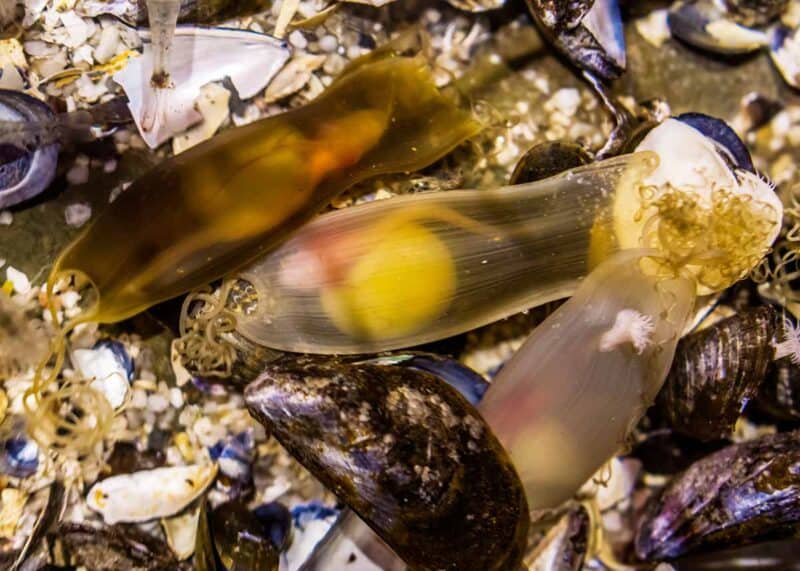
Piranhas
Piranhas form spawning nests in pairs where the female lays the eggs, and the males fertilize them.
The pair will protect their egg’s nest until they hatch 2-3 days afterward based on water temperature.
Mola or Ocean Sunfish
This fish is remarkable because it can lay up to 300 million eggs during a spawning season.
The number of eggs laid by the ocean sunfish gets fertilized by males when it’s in the water.
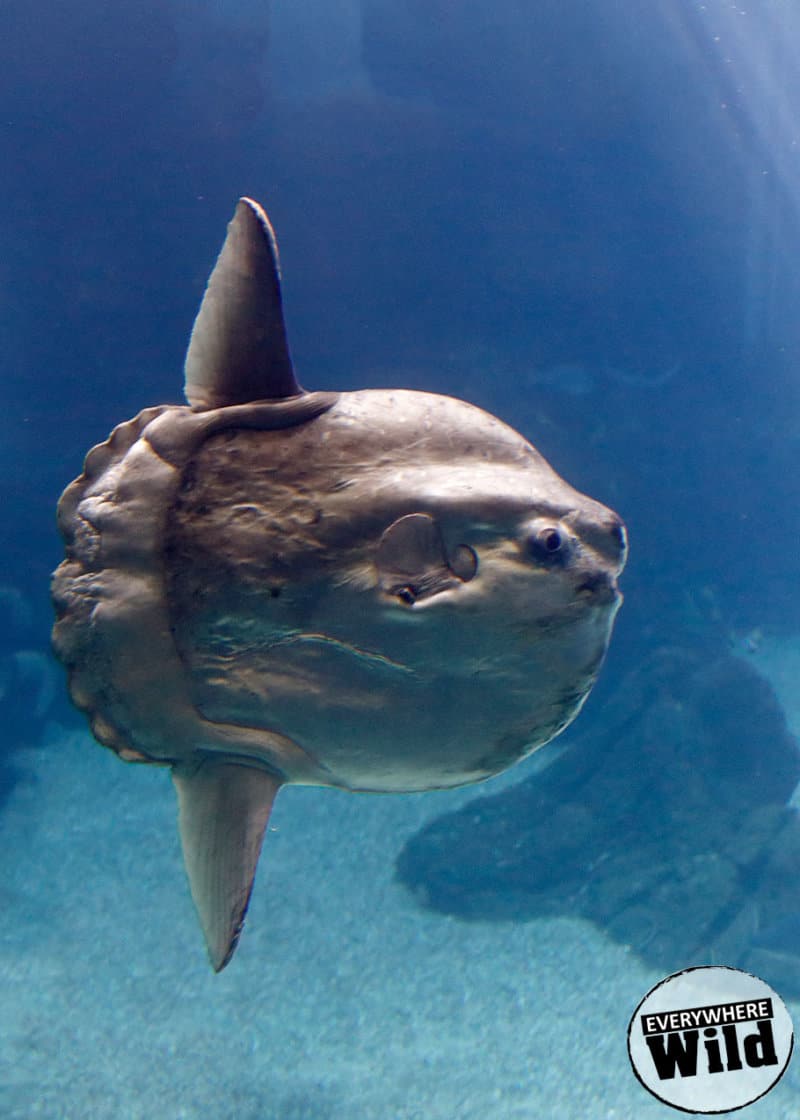
Reptiles
Here are some of the most notable reptiles that reproduce by laying eggs.
Crocodile
A single female crocodile can lay up to 30 to 60 eggs. The incubation period lasts for at least 80 days. Crocodiles build their nests near rivers and their habitats on land.
The location and temperature of the egg’s nests will affect the sex of the offspring.
Low temperatures will force the embryo to remain female, while high temperatures will force the embryo to develop into a male.
Sea Turtles
Sea turtles mate and travel long distances to get to land where they can lay eggs. They can lay up to 100 eggs and deposit them in a hole in the beach or shore.
Fertilization occurs internally, but the offspring develop outside the parent’s body.
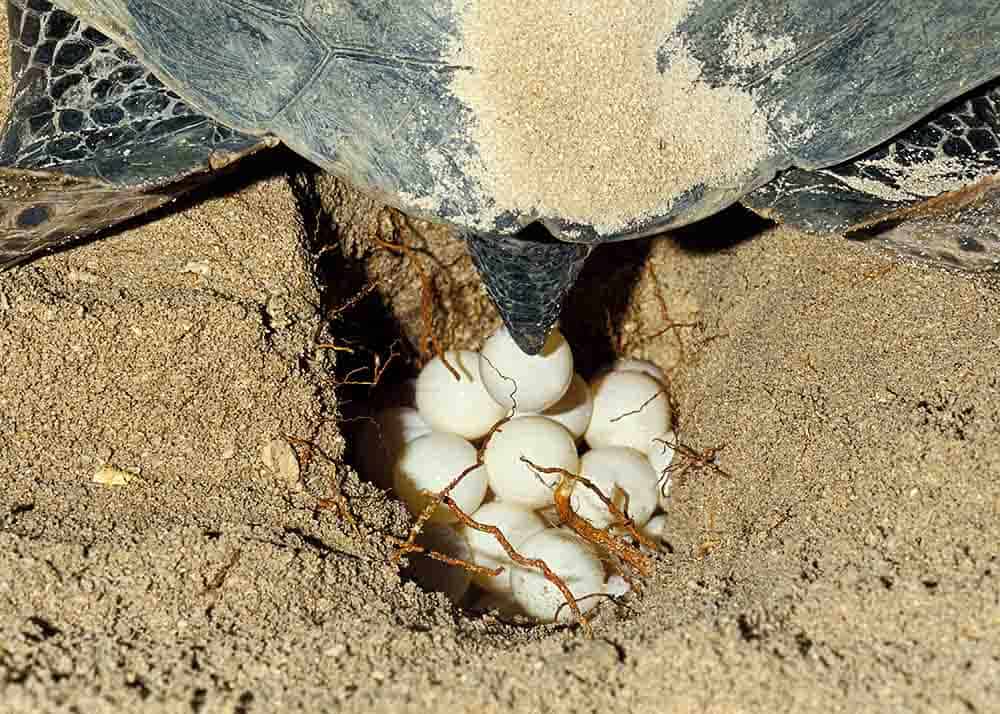
King Cobra
What animals lay eggs also include snakes, both venomous and non-venomous kinds. A king cobra lays about 20 to 40 eggs. The female creates a nest of rotting leaves or branches.
She does this to ensure the eggs get warm from the heat of decomposition. King cobras reproduce in pairs, and the female remains with the egg for the duration of the incubation period.
Amphibians
Almost all amphibians lay eggs as a means of reproduction. Here are a few examples.
Frogs
Frogs lay their eggs in water. Frogs will often choose still water or ensure that their eggs get attached to vegetation or other impurities in the water.
A frog’s egg does not have a shell and the moisture is provided by water.
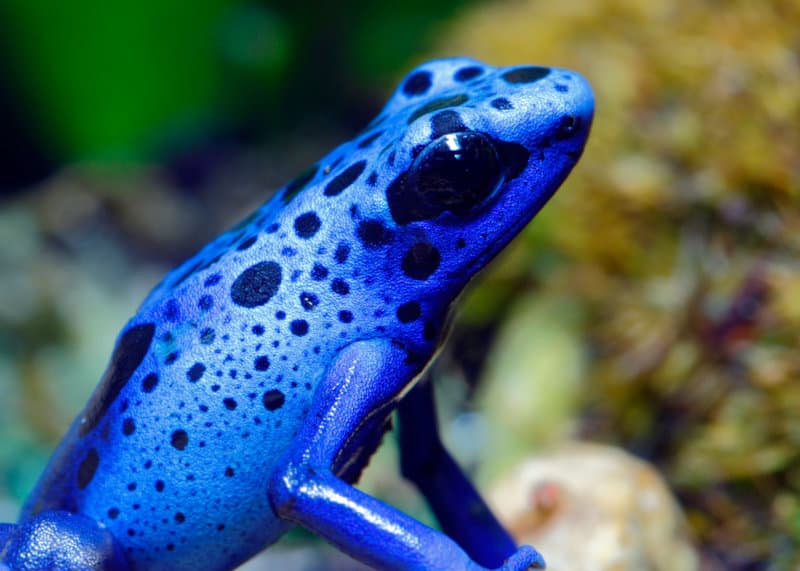
Toads
Toads lay their eggs in strings. This is the key difference between toad eggs and frog eggs.
Male toads fertilize the female’s eggs as they are laid. The number of eggs laid can be as many as 5,000.
Salamanders
Fertilization occurs internally in female salamanders. There are types of salamanders that can lay eggs without the genetic input of males.
Female salamanders begin laying eggs when they are at least five years old.
Ocean Life
Did you know that corals are animals? Coral reefs are living things that are part of the ecological system of the ocean floor.
Corals
Coral reefs also lay eggs and sperm once every year. The egg and sperm combine to form an embryo.
This later develops into a coral larva referred to as a planula. Corals can produce sexually and asexually.
Invertebrates
Animals that lay eggs also include invertebrates, such as the following.
Velvet Spider
A velvet spider often dies after laying eggs and commits matriphagy. These spiders lay their eggs inside a sac similar to a cocoon. The mother regurgitates liquid food to help feed her offspring.
Lobster
A lobster can lay approximately 100,000 eggs depending on the size of the female.
The incubation period for lobster eggs is about 9 to 12 months. The size of a lobster’s egg can be similar in size to a grain of rice.

Shrimp
Female shrimps produce sexual hormones when ready to breed. Shrimp can lay about 50,000 to 1,000,000 per clutch.
Once the eggs of a shrimp get fertilized, the incubation period is about 12 to 14 days.
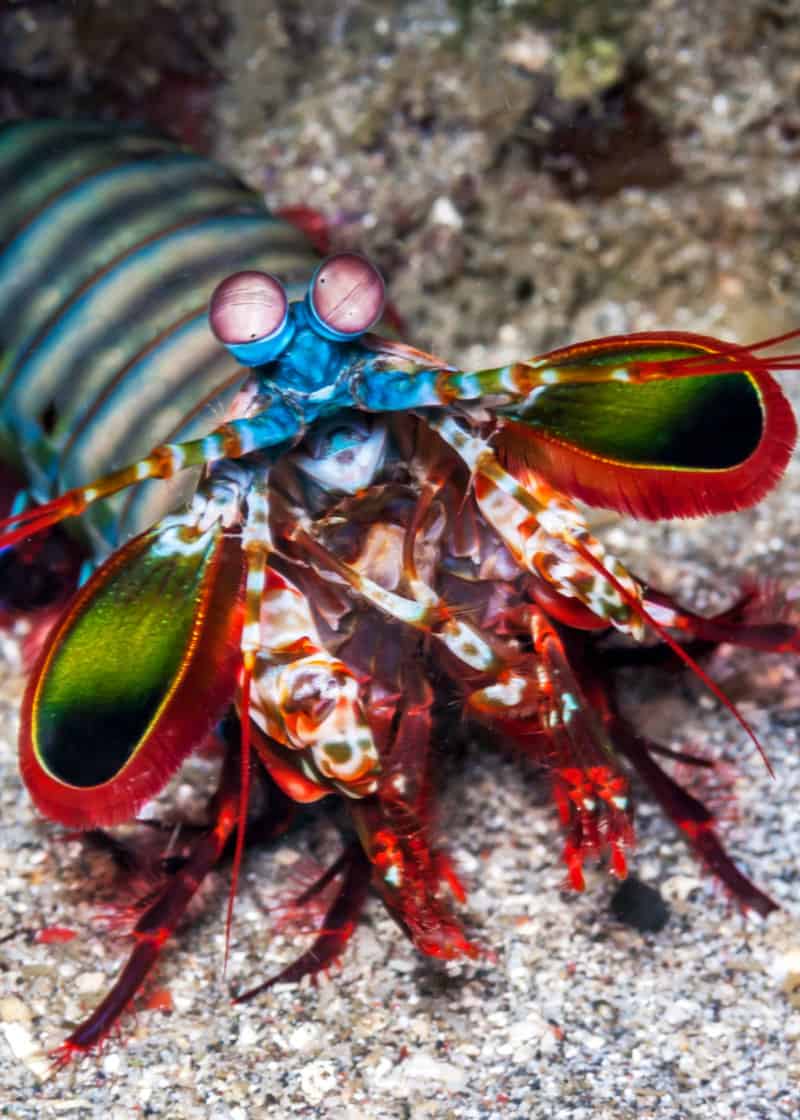
Your Turn
Oviparous animals are those that reproduce by laying eggs either asexually or sexually.
Animals that lay eggs but are not birds are the platypus, echidna, and amphibians. Finding out what animals lay eggs can help raise more awareness about how to protect endangered species.
Did I miss a species that you love? Please let me know your additions in the comments!
Drew Haines is an animal enthusiast and travel writer. She loves to share her passion through her writing.
She graduated high school at sixteen and started her own business, Everywhere Wild Media. And she runs Everywhere Wild and JustBirding. She also guest blogs on Storyteller.Travel
She lived in Ecuador for 6 years and explored the Galapagos Islands. Currently based in N.S., Canada.
